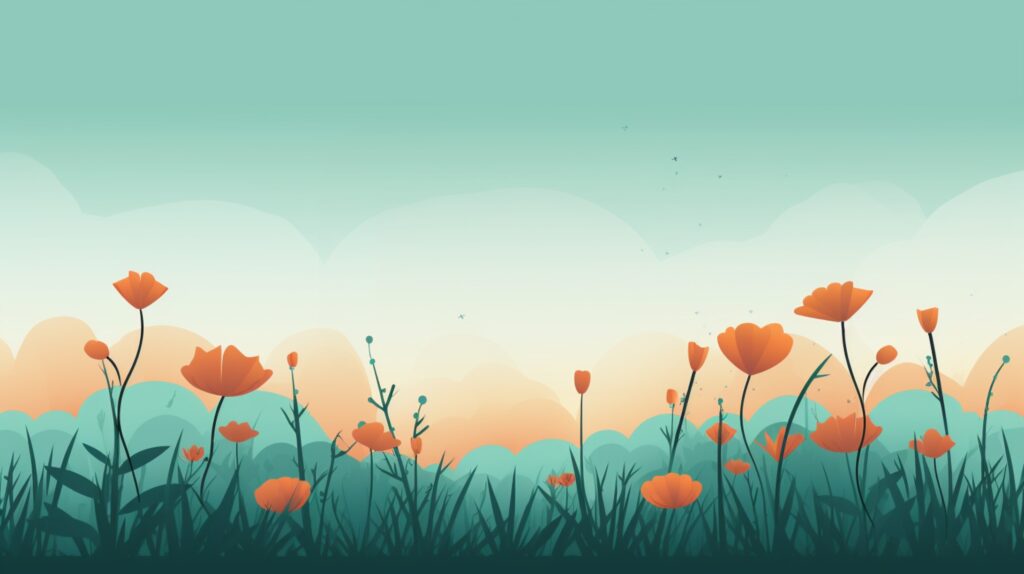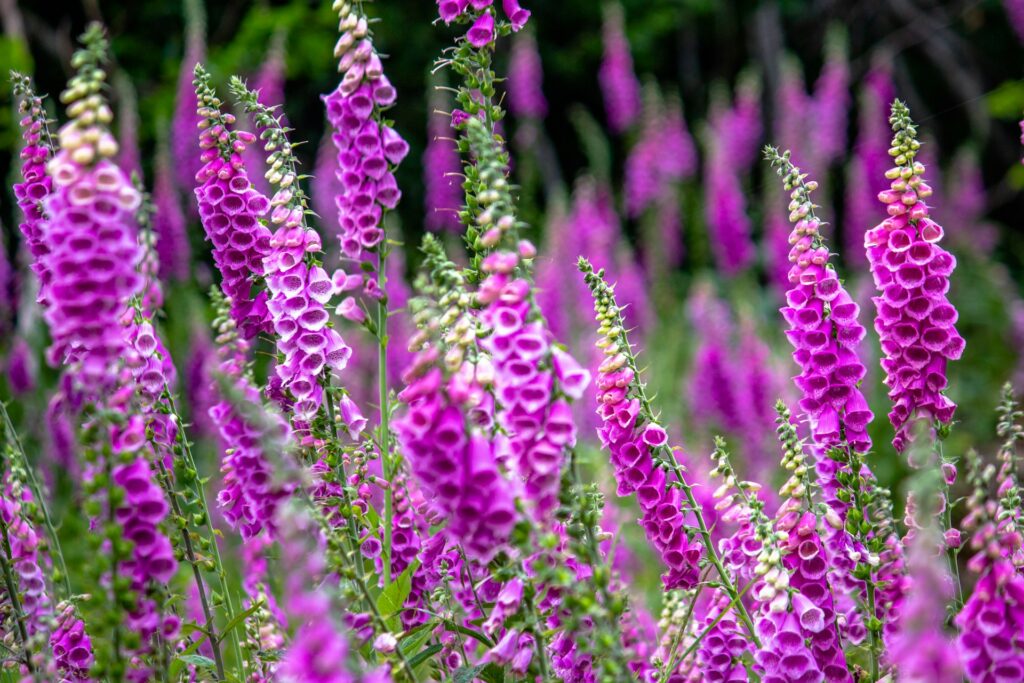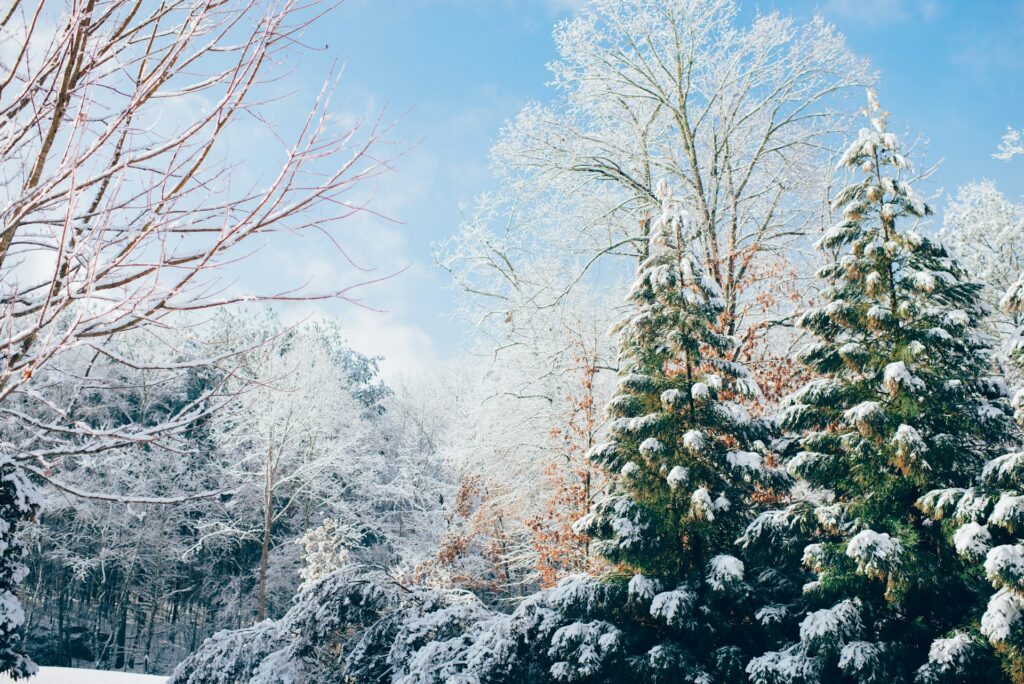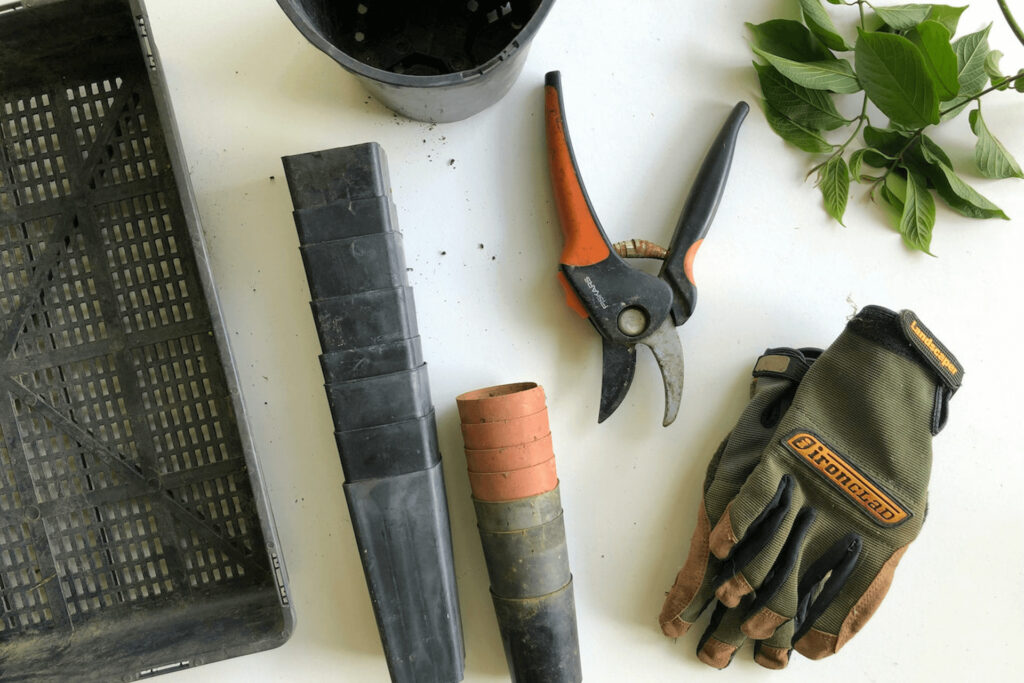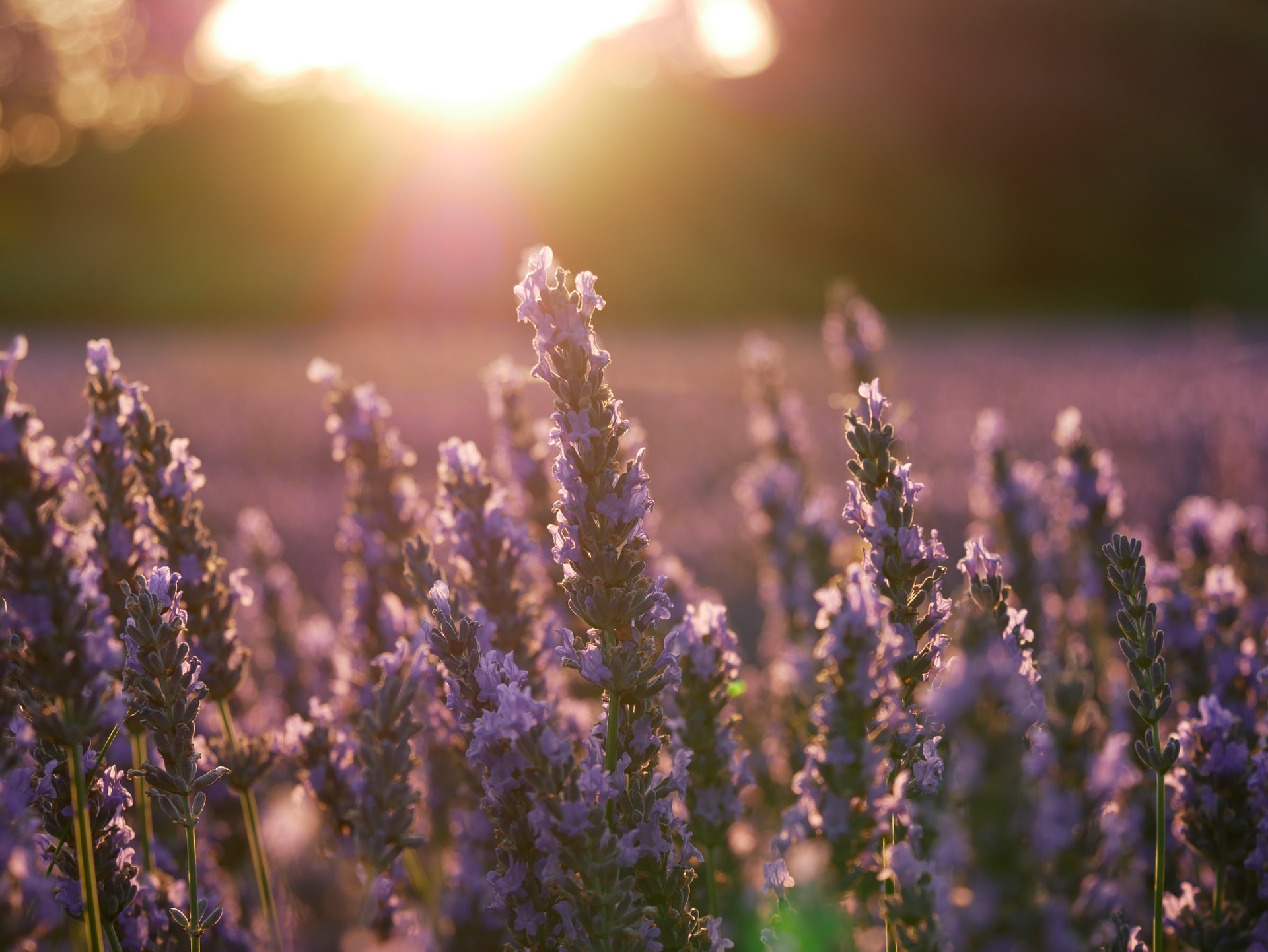
We are reader-supported. When you buy through links on our site, we may earn an affiliate commission.
Have you heard of xeriscaping? It’s the process of using naturally drought-resistant plants to beautify your landscaping without taxing water resources. When done correctly, it frees you from the misery of mowing the lawn each sunny summer Saturday. Even better, it allows you to create a more sustainable garden that conserves water in times of need.
Of course, one of the first steps to drought-resistant landscaping is picking your plant life carefully. Whether you’re planning a wholly xeriscaped overhaul or merely wish to add a few gardens, we’ve compiled some of the best plants for drought-resistant landscaping.
Drought-Resistant Plants For Cooler Climates
Just because you live in a region with more precipitation doesn’t mean your environment can’t benefit from water conservation. Plus, these picks are easier to care for, making them perfect for the homeowner who wants low-effort landscaping that still looks striking.
There are 11 different planting zones in the U.S. While it’s challenging to find species that thrive in frigid zone 1a and 1b, all of the varieties below should do well in zone-6 or lower.
1. Artemisia
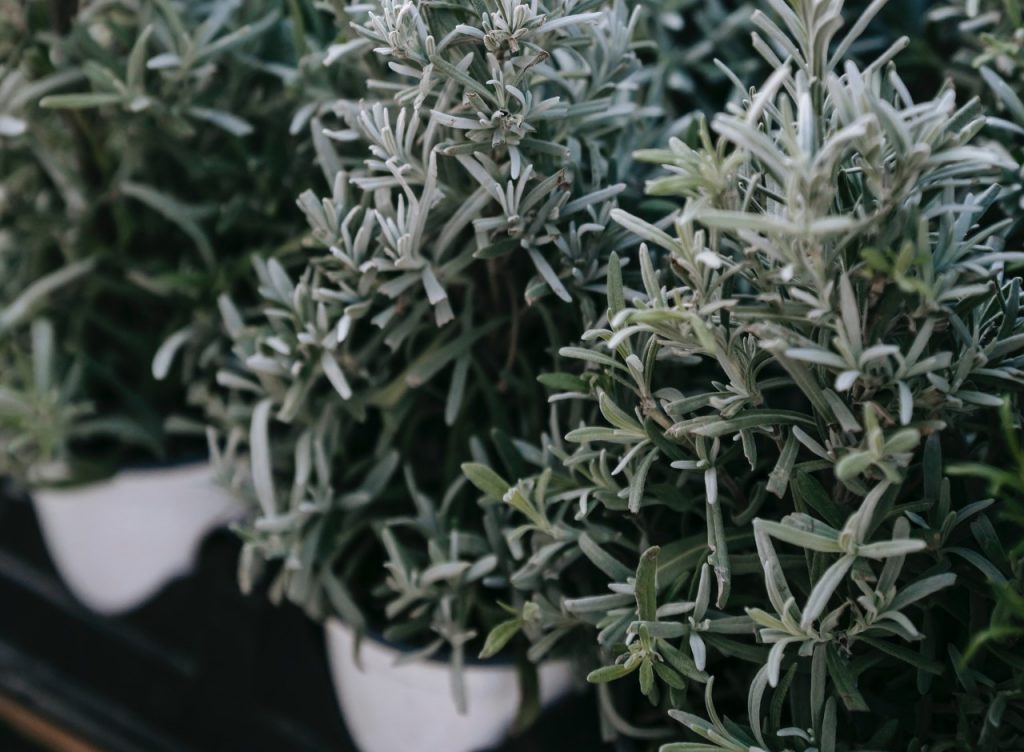
Artemisia is also called wormwood, the active ingredient in genuine absinthe, the fabled green fairy. However, this shrubby wonder isn’t only suitable for those looking to get a little punch drunk. They’re also beautiful plants that can complement your landscaping with little effort.
These shrubs make excellent backdrops or borders along walkways. If you xeriscape, you can scatter them among the stones to add bursts of green and white. The effect will be — dare we say it? — magical.
2. Beardtongue
Beardtongues, or penstemons, are stunning blooms standing as tall as 6’ in some areas. They come in a rainbow of colors, most notably reds and pinks.
Plant these in the back of your garden to create a vibrant splash of color along your home. They look striking in a homemade bouquet or centerpiece.
3. Lavender

Where to start with the many uses of lavender? You can put it in tea, float delicate blooms in a relaxing bath, even add spice to Thai dishes. It’s like the herbal version of Samwise Gamgee’s potatoes, “Boil ‘em, mash ‘em, stick ‘em in a stew.”
Lavender grows well on a sunny windowsill, but it proliferates in your garden. The tiny purple flowers add colorful splashes anywhere.
4. Trumpet Vine
You need a trailing plant or two for your border. Trumpet vine fits the bill nicely, and you can find a rainbow of colors.
Do you adore hummingbirds? This vine’s colorful blooms will attract hummers to your garden, no feeder necessary — though you can add one if you wish.
5. Echinacea
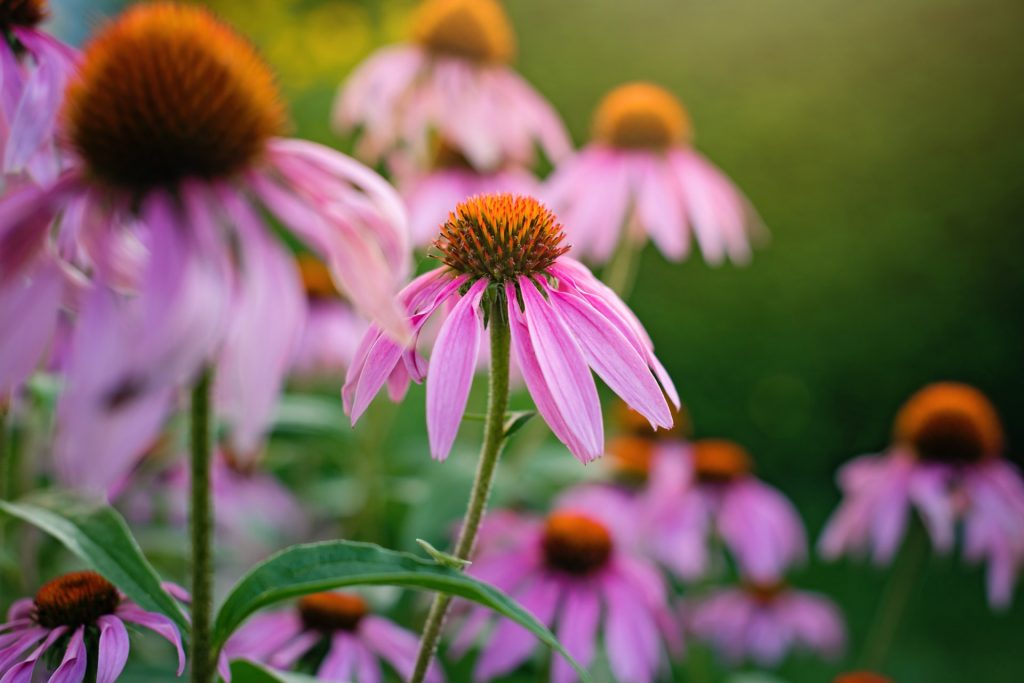
With winter comes the cold-and-flu season. Why not boost your immunity with a herb reputed for this effect?
The purple blooms of echinacea remind you of tired daisies. It will blend right in with your lavender, creating a one-two herbal punch.
6. Russian Sage
Several cultures and spiritual practices recommend using sage to cleanse your home of bad vibes. But you don’t have to be dedicated to these practices to enjoy growing Russian sage in your garden.
You can merely kick back and enjoy this drought-resistant plant’s beauty. This variation of sage grows well up north, making it a great option for cooler climates.
Drought-Resistant Plants For Warmer Climates
What if you live in a hotter, drier climate? This is where drought-resistant landscaping becomes a necessity, not just an environmental preference. With many fearing that water shortages will become even more pronounced with climate change, it’s critical for residents to step up and find plants that are more native to these hot environments.
The following plants all grow well in planting zones 7-11, where they can endure arid conditions without breaking local environmental regulations on water consumption.
7. Mock Desert Vervain
What”s not to love about this little impostor? Mock desert vervain is considered an excellent remedy for anxiety and insomnia, and you’ll find it growing wild all over the desert southwest.
It only grows to a height of approximately six to eight inches, so it’s wise to use it as a complement to flashier statement plants. Plant it toward the front of your garden behind your border.
8. Kangaroo Paw
Cute name, right? These red, showy blooms add fiery color to your landscaping. Plus, if you live in a desert climate, they require minimal water.
Not all of the plants in this family have thorns, but some do. If you want to deter robbers away from windows, plant the sharp varieties in front.
9. Blackfoot Daisy
Blackfoot daisies are charming little flowers that will add beauty to a desert landscape. You can expect these perennials to pop up year after year, and they can handle both intense heat and cold winters — making them a plant that can survive some weather-related turmoil.
Like vervain, this shrubby flower stands at medium height. They can be used to provide some ground cover so long as you’re careful not to overwater these little guys.
10. Aloe
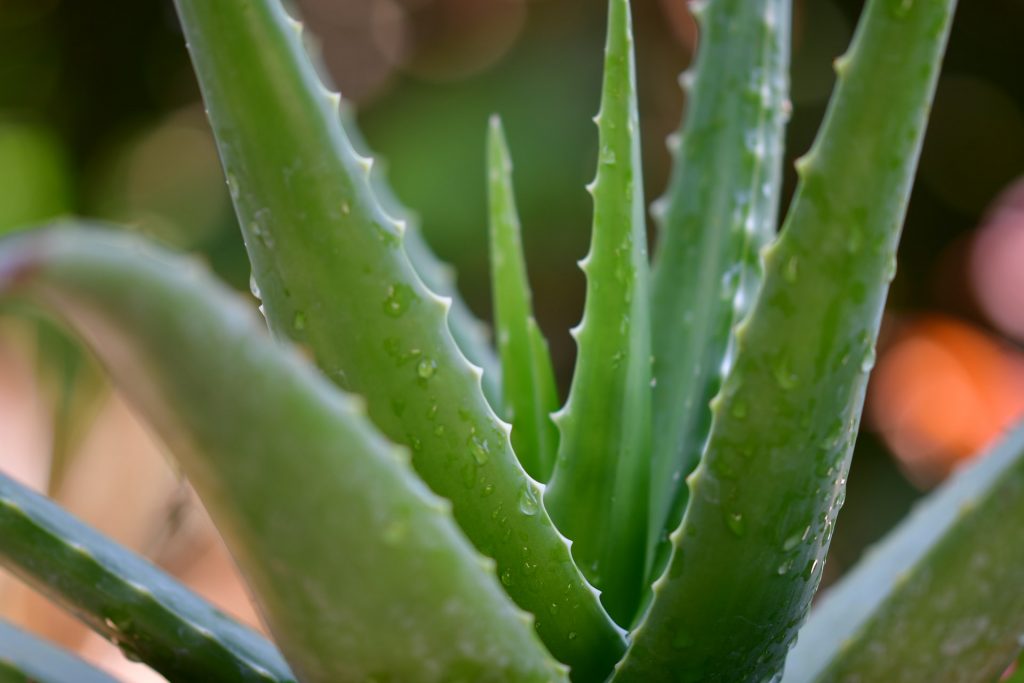
Who hasn’t reached for a bottle of aloe vera gel after getting a sunburn? The juice of this succulent does an even better job fresh from the plant.
Aloe, like most succulents, needs next-to-no water. It also proliferates quickly, and it’s handy to have around for minor cuts, scrapes and burns. The healing qualities make it one of the best drought-resistant plants for your home.
11. Wild Lilac
Lilacs are a more massive purple bush — if creating a moon garden, line the back row with these shrubs, alternating with datura or western jimsonweed. Both plants have impressive blooms, although lilacs grow in clusters of tiny flowers instead of striking flutes.
Unlike many warm-weather shrubs, these lack thorns. Therefore, they’re ideal for lining walkways in areas where children play, too.
12. Yucca
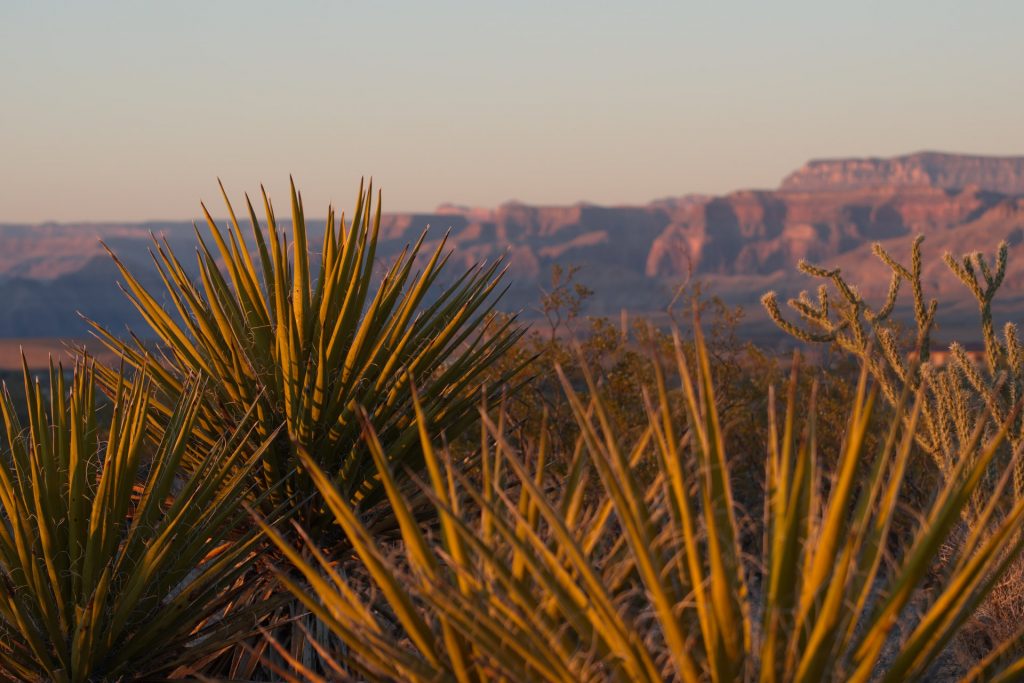
Yuccas make impressive stand-alone beauties. If you plan to xeriscape, they make an ideal centerpiece for circular gardens. Don’t get fooled by some smaller species. Some varieties of this plant can tower nearly 30 feet in height, making a great replacement for trees in your landscaping.
The Best Plants for Drought-Resistant Landscaping
Drought-resistant landscaping can add beauty to your home while conserving water in difficult climates. It’s a win-win for both the environment and homeowners who are looking to boost curb appeal.
Of course, you do need to know what plant options are out there in hot climates. Find the right varieties for your climate zone and start dreaming of next year’s planting today.




